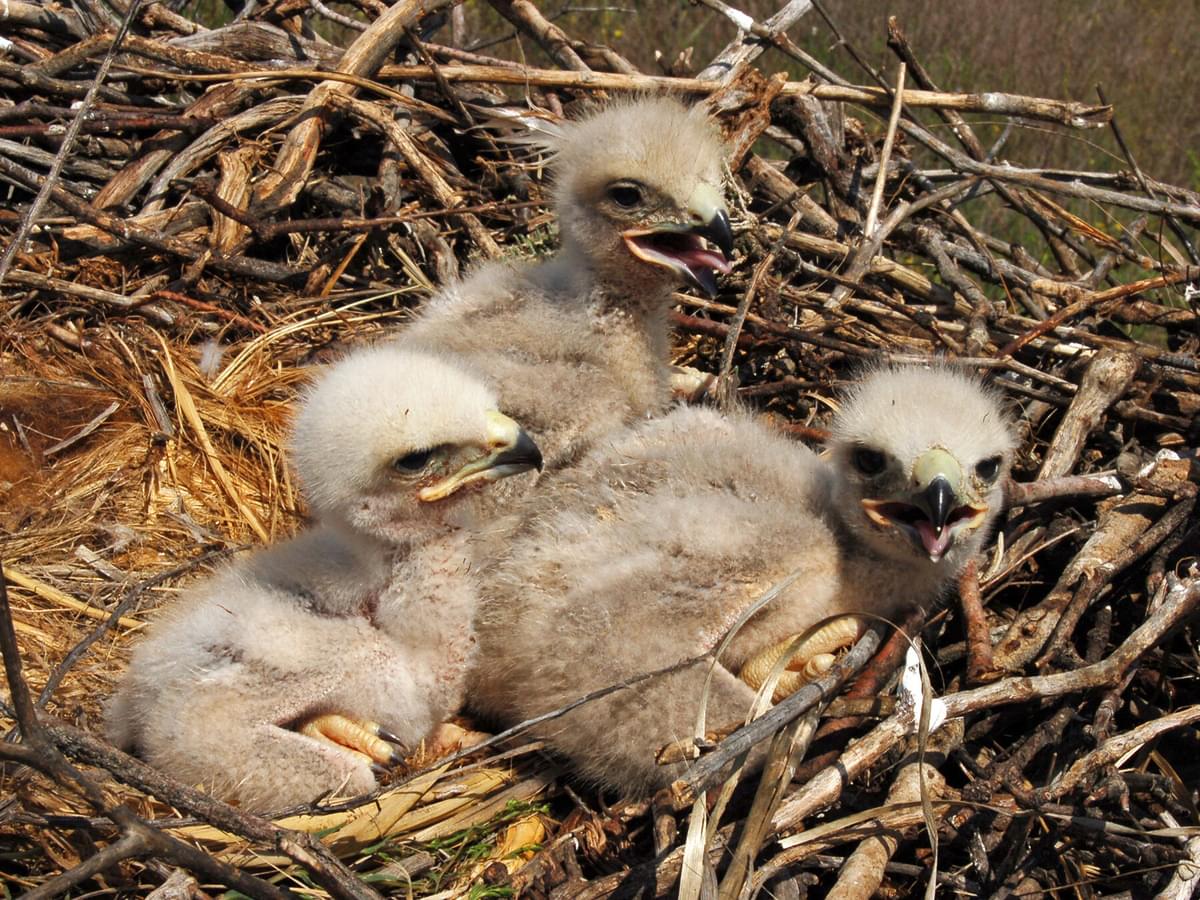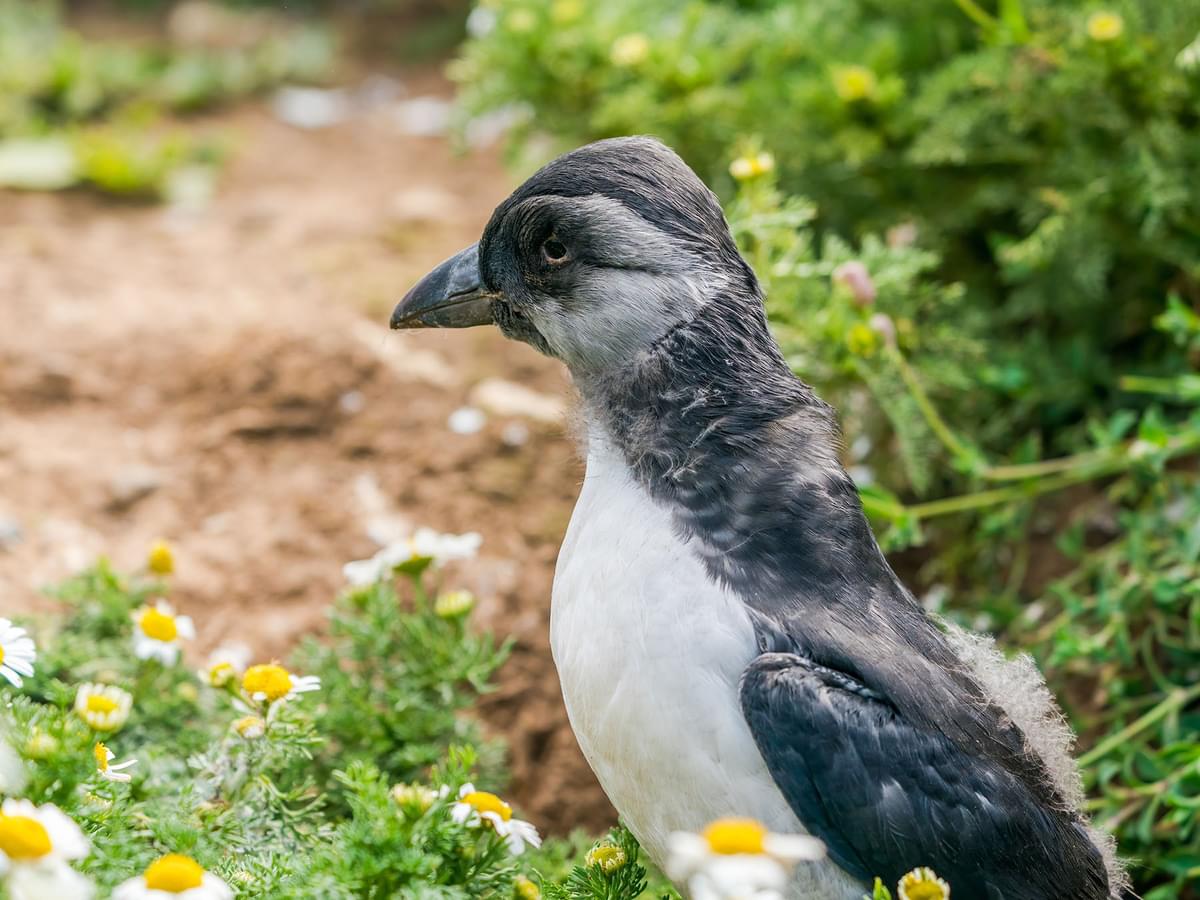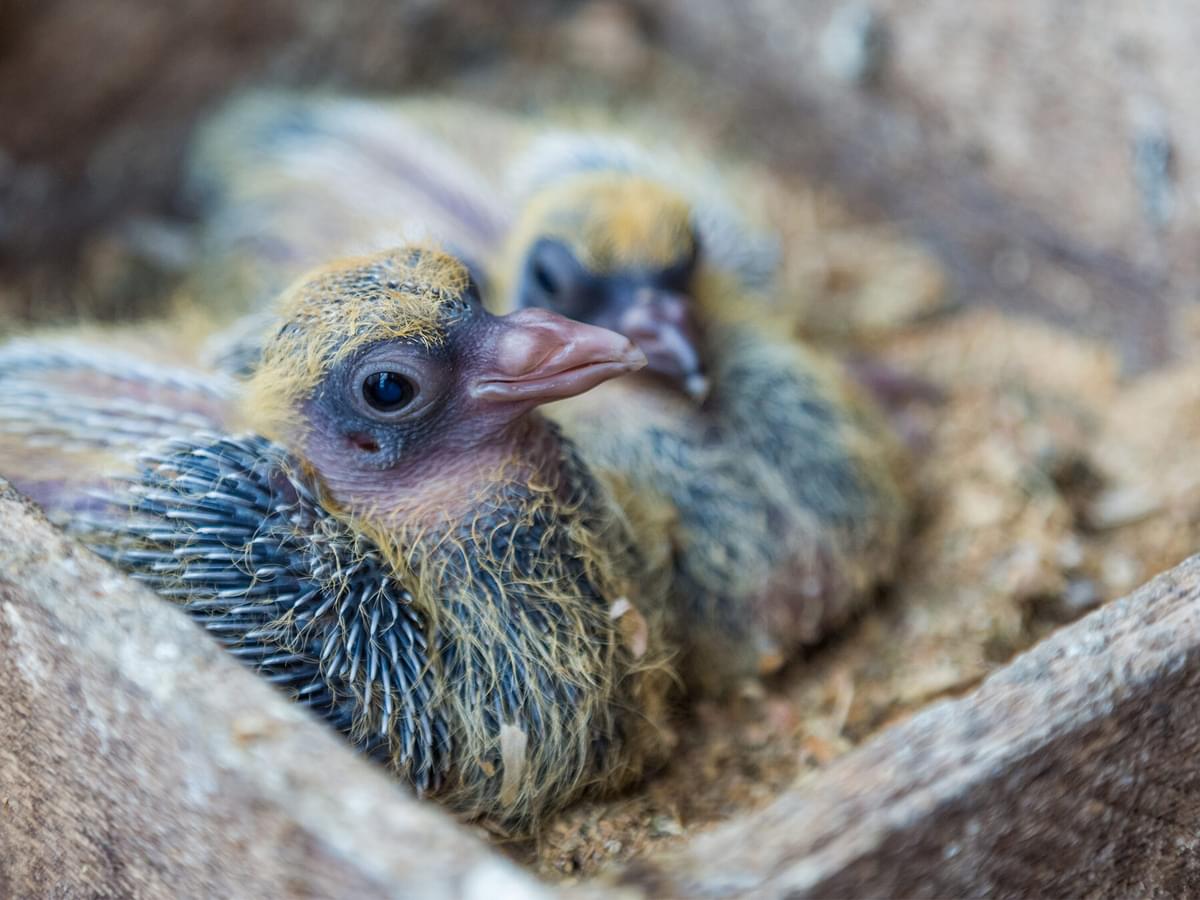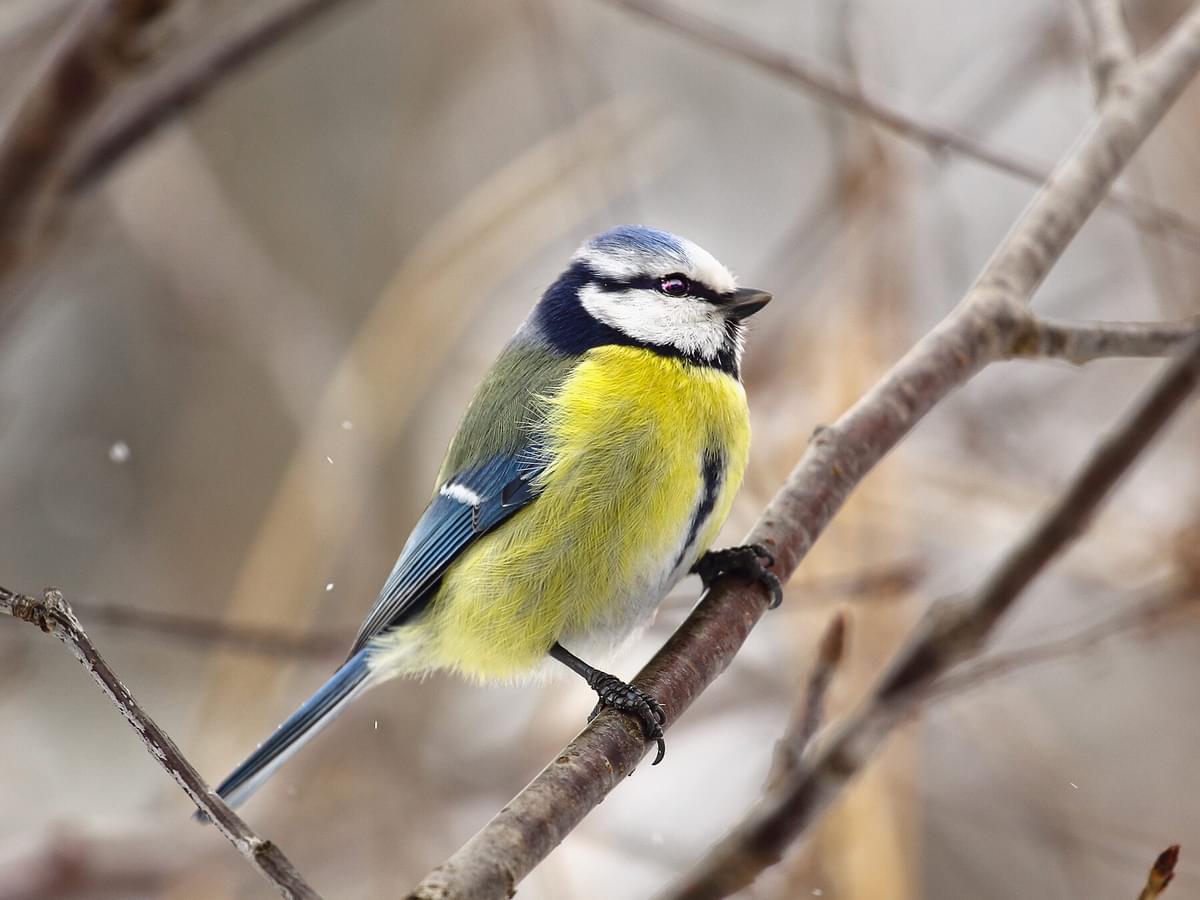Parental Care
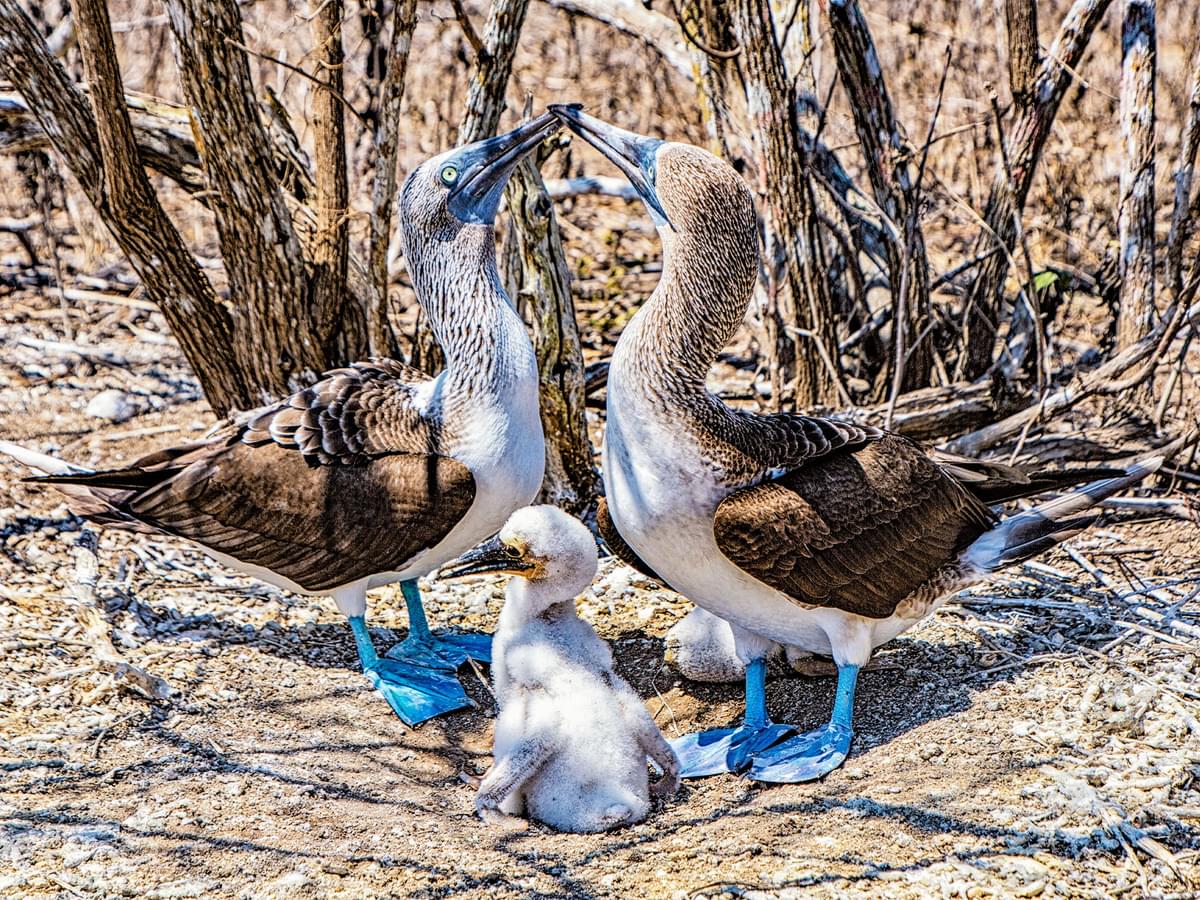
The Dedication of Avian Parents
Birds are among the most dedicated parents in the animal world, second only to primates and some other mammals. The avian breeding strategy relies on producing relatively few young but investing a lot of time and energy into their care.
Of course, some birds make better parents than others, and some ‘lousy’ bird parents have evolved to abandon their brood in the nests of other unwitting species. Generally, however, birds nurture their offspring through the first weeks or even months of their lives.
Would you like to learn more about how birds care for their young? Read along as we discover how bird parents feed, protect, and guide their chicks during their journey to independence and adulthood.
Variations in Offspring Dependency
Altricial vs. Precocial Birds
All baby birds hatch from eggs after a period of dutiful care and incubation. However, some chicks are far more developed when they hatch than others. Continue reading to learn about late bloomers and chicks that hit the ground running.
Altricial chicks
Altricial chicks hatch in a highly undeveloped state. They are immobile, unfeathered, blind, and totally reliant on their parents for warmth and food. Songbirds, Woodpeckers, and Kingfishers produce altricial young that are completely nest-bound during their first days or weeks.
Precocial chicks
Precocial chicks hatch out fully covered in down feathers, with eyes open and ready to explore the world from their first or second day. Although they cannot fly (there are exceptions), these well-developed chicks can walk or even run well and feed themselves with a little guidance from their parents. Groundbirds, waterfowl, and shorebird species have precocial young.
Variations
There are always exceptions and variations in nature, so not every bird falls neatly within the two categories mentioned above. Instead, there are various in-between categories, such as semi-altricial and semi-precocial species.
Gull chicks, for example, are well-developed when they hatch but remain near the nest and are fed by their parents. Owl chicks are covered in down when they hatch but are otherwise blind and helpless.

A Herring Gull adult and chick. Gull chicks are well-developed when they hatch but remain near the nest and are fed by their parents
Feeding and Nourishment
Bringing Home the Worm
Altricial chicks must be fed regularly to survive, sometimes for weeks or even months before gaining independence. Baby birds are often fed the same food items as their adult diet, but many smaller birds begin life with a diet of insects, even though they may be primarily vegetarian as adults.
Adult birds must go out and forage/hunt to feed their young, but how they deliver the food differs between species. Songbirds, for example, bring whole food items like insects back to the nest, while herons swallow their prey and then regurgitate the partially digested meal directly in their chick’s mouth. Bald Eagles bring whole prey back to the nest but tear bite-sized strips to help their young feed.
Adaptations for Efficient Feeding
Birds have evolved various behavioral and physical adaptations for feeding their young. Timing is an important consideration, so birds tend to nest during spring and summer when insects and other food sources are readily available.
Some birds forage at long distances from the nest, so swallowing their prey and regurgitating it is an efficient means of transporting food. However, some seabirds have a remarkable ability to carry large amounts of prey in their bills. The Atlantic Puffin, for example, can carry dozens of small fish at a time.
Doves and Pigeons have arguably the most remarkable adaptation for chick feeding. These birds produce a milk-like substance known as crop milk to feed their altricial squabs by regurgitation. This nutritious substance is derived from the adults’ diet, and excess epithelial cells shed from the crop.

Some seabirds have a remarkable ability to carry large amounts of prey in their bills like the Atlantic Puffin
Protection and Defense
Guardians of the Nest
Bird chicks are a tasty snack for many predators, including snakes, mammals, and other birds like Crows, Magpies, Gulls, and birds of prey. Nest site selection plays a big role in keeping the chicks well-hidden, but birds will also defend their young bravely if discovered.
Adult birds produce alarm calls when a predator is detected to alert their partner and other birds in the area. Communal nesting birds may work together to drive off a predator, but even birds of different species may join in the fight. They can be surprisingly aggressive, and many will fly in and peck or strike their enemy with their claws.
Some species use brains rather than brawn to protect their young. These birds catch the attention of approaching predators by pretending to be injured (e.g., holding a wing as if broken) and then leading the threat away from the nest. Ground-nesting birds also pretend to be incubating in a random spot to trick nest predators into searching the wrong area.
Teaching and Guiding
First Flight Lessons
Young birds face many dangers during their formative first weeks and months. While precocial species can feed themselves, they still rely on their parents to guide them to rich feeding areas and away from predators and other threats.
Before gaining independence, young birds must master the art of flight. Chicks learn to fly through instinct, observation, trial and error, and some encouragement from their parents. The adult bird may physically nudge its young into taking its first flight and encourage longer flights by forcing the young to come to them for food.
Discover more about how birds learn to fly in this in-depth guide!
Imprinting and Following
Precocial birds, in particular, rely on their parents to guide them to food and away from predators. However, the young birds must recognize, memorize, and follow the right adult bird if they are to have any chance of survival.
Young birds imprint on and then follow the first bird (or object) they encounter after hatching. Remarkably, chicks will imprint on other species, including humans. Unfortunately, imprinting on the wrong species or being hatched in captivity can be disastrous for a bird chick because it means they will not be led to the right food sources or develop the correct identity for their species.

An American Avocet chick. Before gaining independence, young birds must master the art of flight
Shared Parenting Responsibilities
Divide and Conquer
Parenting is an exercise in teamwork for most bird species (about 80%), with duties split equally or unequally among both parents. Each species has its own schedule, and there is also some variation between pairs of the same species.
For example, both male and female Woodpeckers incubate the eggs, but the male takes the ‘night shift.’ In nesting Sparrowhawks, the male brings all the food back to the nest for the female to eat and feed to the chicks. Only once the young are old enough to be left unattended will she leave to help out with the hunting.
Solo Parenting: Exceptions in Avian World
A small percentage of birds are polygamists, and the female is usually the sole care provider for the chicks in these species. Female Mallards, for example, incubate and care for their young without any assistance from the male. Female Hummingbirds have similar responsibilities, although they have the added burden of feeding their altricial chicks.
Although rare, some birds are polyandrous, where the female has more than one partner, and the male takes care of the young without help. Jacanas, Phalaropes, and some Sandpipers are single-parent fathers.

Female Ruby-throated Hummingbirds build their nests without any help. In fact, males do not ‘lift a feather’ to assist in the nesting and chick-rearing process
Summary
Raising baby birds to adulthood is a huge responsibility, but one that (almost) all bird species carry out dutifully to pass their genes onto the next generation. From nest building to incubation and then feeding, the vast majority of baby birds simply cannot survive without the care of one or both parents.
Watching birds care for their young is truly fascinating, but should only be done in a very sensitive and responsible manner. Look out for nesting birds around your home this spring and summer, and use your binoculars to watch them nurture their chicks from a safe distance. Alternatively, check out one of the many fascinating live ‘bird cams’ on the internet for a close-up view!
